About LINC
Increasingly fragmented lion populations
Over the last 20 years, the African lion has lost approximately 42% of its habitat leaving the population increasingly fragmented.
The Lion Identification Network of Collaborators-LINC-is an innovative open source platform that allows for collaboration in research and conservation of African lions across international and inter-institutional boundaries. The accurate monitoring of lion populations and better understanding of the connectivity between them is a critical to maintaining the genetic viability of increasingly isolated populations.
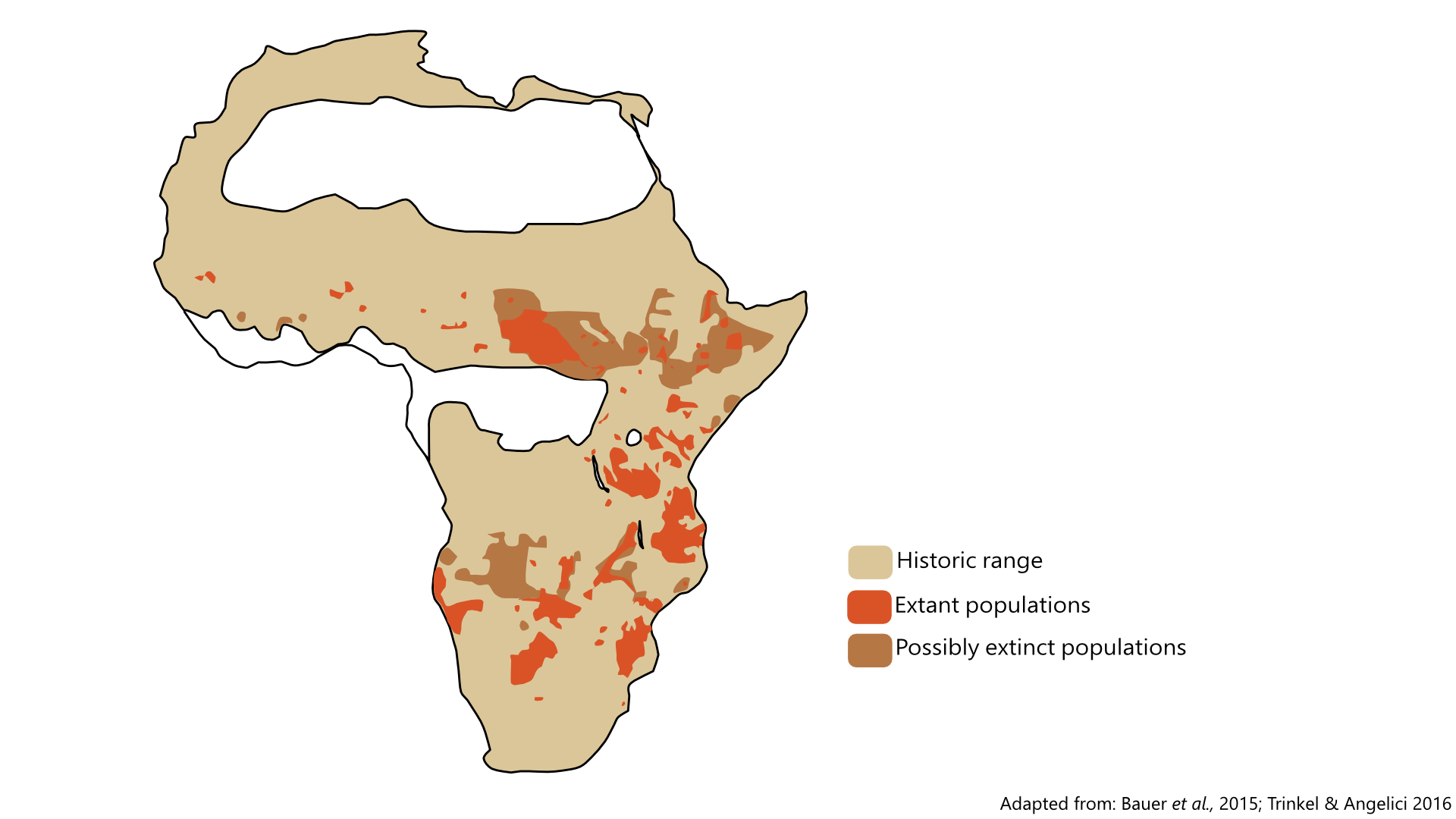
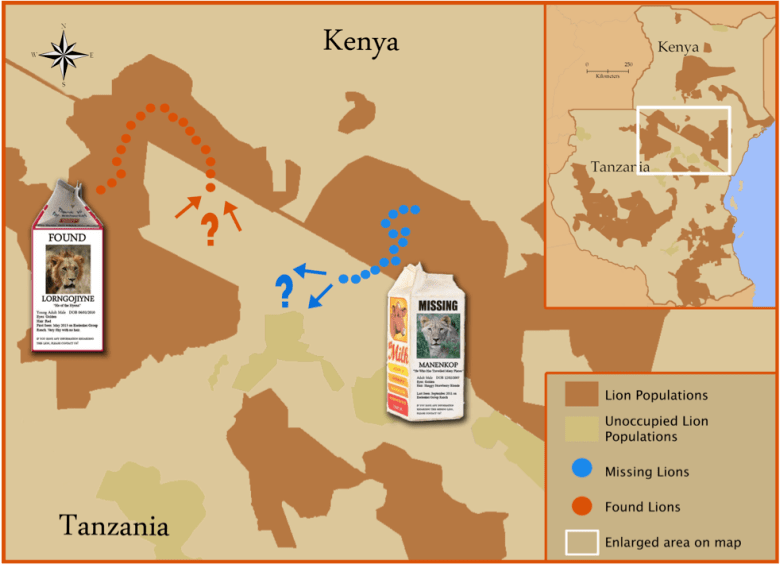
LINC is a technological solution that generates a rich source of information on lions across their range. These data enable researchers, conservationists and decision-makers to pinpoint priority areas where connection is known to be occurring. The system employs cutting-edge methodologies for sharing data across research initiatives and includes innovative features such as automated lion recognition tools.
“Lions roam over such vast areas that no one research group can effectively study them across their entire range. Platforms like LINC enable us to work together and identify lions from photos more easily, thereby increasing the chances of picking up potential movement between populations.”
– Stephanie Dolrenry – Co-founder of Lion Guardians
A Community of Lion Researchers

Store your data
Manage your organization’s lion data in a structured and secure format.

Find new connections
Find out where new lions dispersed from by matching individuals in the database.

Make a match
Use the automated identification tool to identify unknown lions.

Share your sightings
Share and connect with other researchers.

Explore the database
View data on lions from study sites across East Africa.
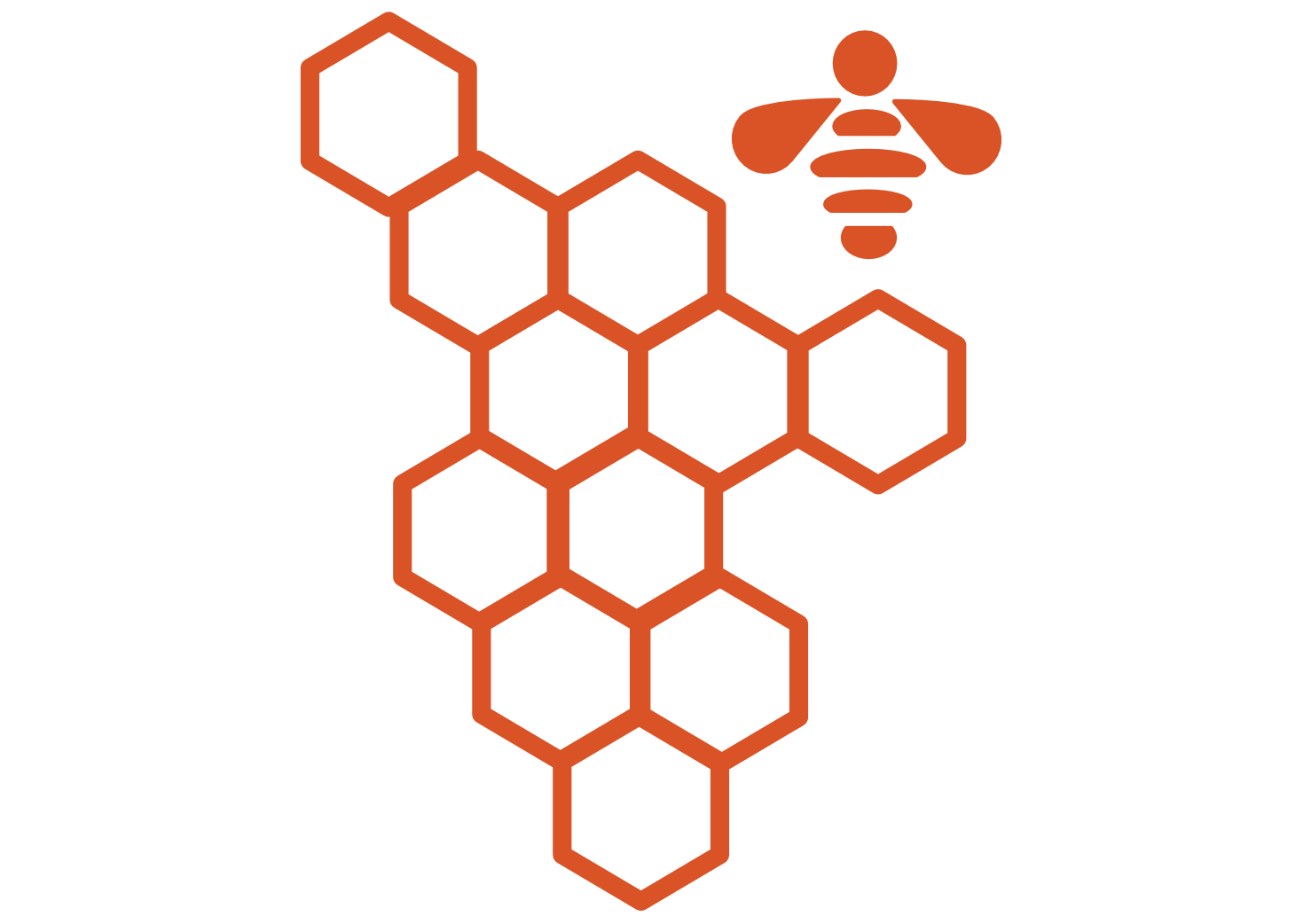
Open source software
Allows for technological innovation and collaboration.
Artificial Intelligence Technology
At the heart of LINC is an innovative automated lion recognition algorithm. With the click of a button, eliminate hours of poring over photographs of whisker spots.
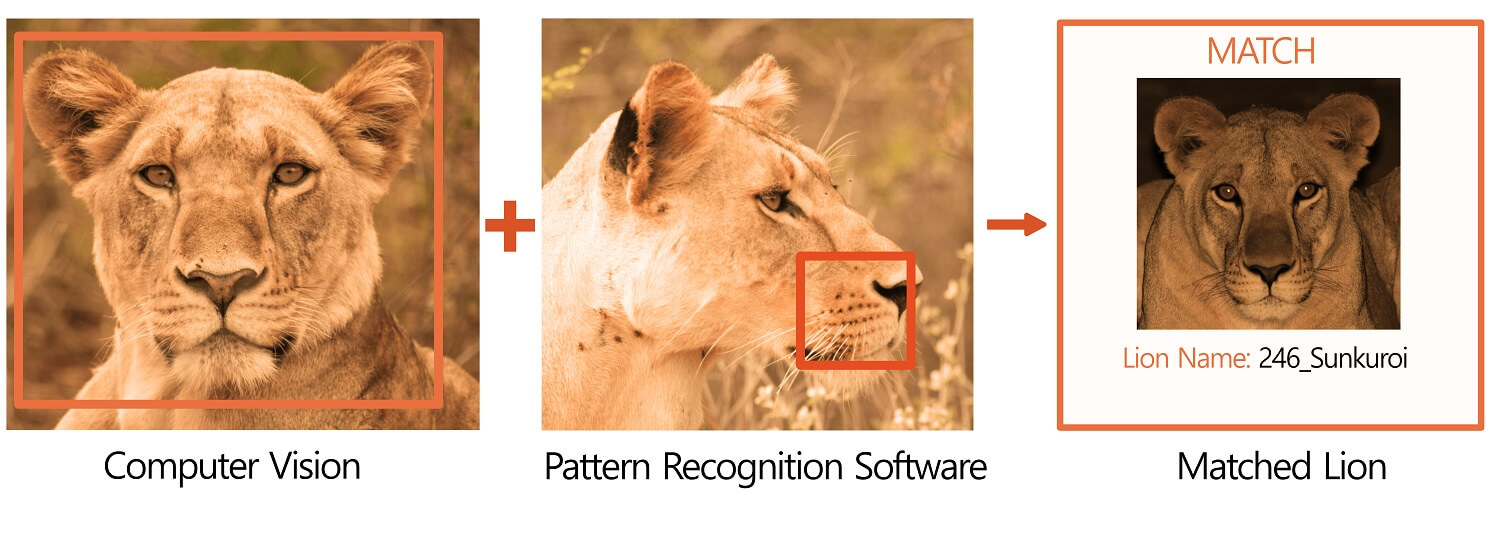
Innovative AI algorithm
The LINC Lion identification algorithms use two methods to match individual lions:
The first uses the lion’s whisker patterns, comparing them between individuals as if matching constellations in the night sky. This AI method is based on a modified chamfer technique. It is implemented in combination with an affine transform and iterative closest point matching to sum a mean average score of the difference between the pattern alignment of the two whisker spot images.

The second method looks at the feature groups of individual lion faces, akin to how we identify faces through reduction; even if there is a mud splatter on a friend’s face we recognize the shape of their eyes. This method leverages a fine-tuned Deep Convolutional Neural Network with Residual Inception Blocks (“Inception ResNet v2”) pretrained on ImageNet and fine-tuned on the normalized LINC datasets labelled by conservationists. This network architecture is computationally efficient as it exhibits a high accuracy to parameter count ratio and it converges quickly on the LINC dataset when fine-tuned on a pre-trained ImageNet model.
Both these AI methodologies in conjunction with the continued integration of human-centered development of the user interface, allow researchers to handle and access previously unmanageably large datasets. The LINC project is an open source model allowing a sustained development that benefits the whole conservation community.

“To be effective, lion conservation requires collaborative efforts across their range. LINC provides a platform for bringing together all our collective knowledge on lions so that we can better conserve them.”
– Dr. Nic Elliot –
consultant for KWT & KWS for Kenya National lion survey
A Quick Look into LINC
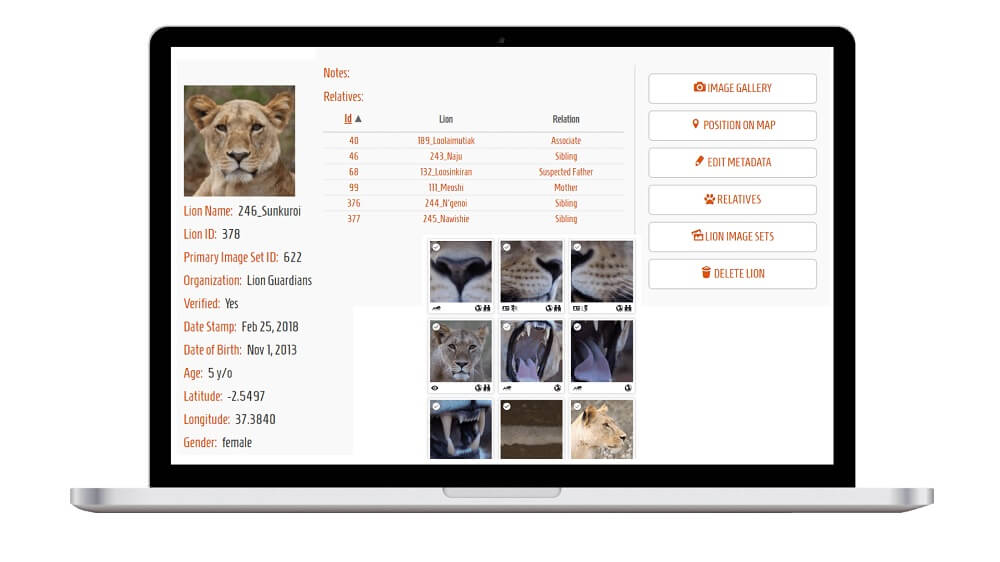
Each research organization has its own platform on LINC where multiple members of their team can access, load, and manage their lion data.
Each organization's database will consist of lion individuals that they have recorded within their study area. Each lion will have its own profile detailing its individual information such as its given name, age, sex, and several photographs showcasing unique features from which it can be identified.
Who has access to this data?
Currently, LINC is open to all interested researchers and conservation organizations working within lion ranges. The current system is operating in East Africa, and there are plans underway to expand the system to include all other areas within the remaining African lion rangelands. Furthermore, we hope to expand the system out to also allow for citizen scientists to also contribute data from sites where they live or travel to.
LINC gives the control to its users – you have the choice to share your data publicly (so that all other users can view it), or you can decide to keep it private (so that only users from your own organization can view the data you upload). View the user agreement here.
What kind of data do you need to have for LINC?
For each individual:

You must have either portrait and/or whisker photographs of lions – the more portrait photos you have the higher the accuracy of the automated identification software.

You can also add photos of the lions markings (such as close ups of its ears, eyes, nose, teeth and tail).

Approximate age if known.

Location in which the lion was seen (GPS pin point).
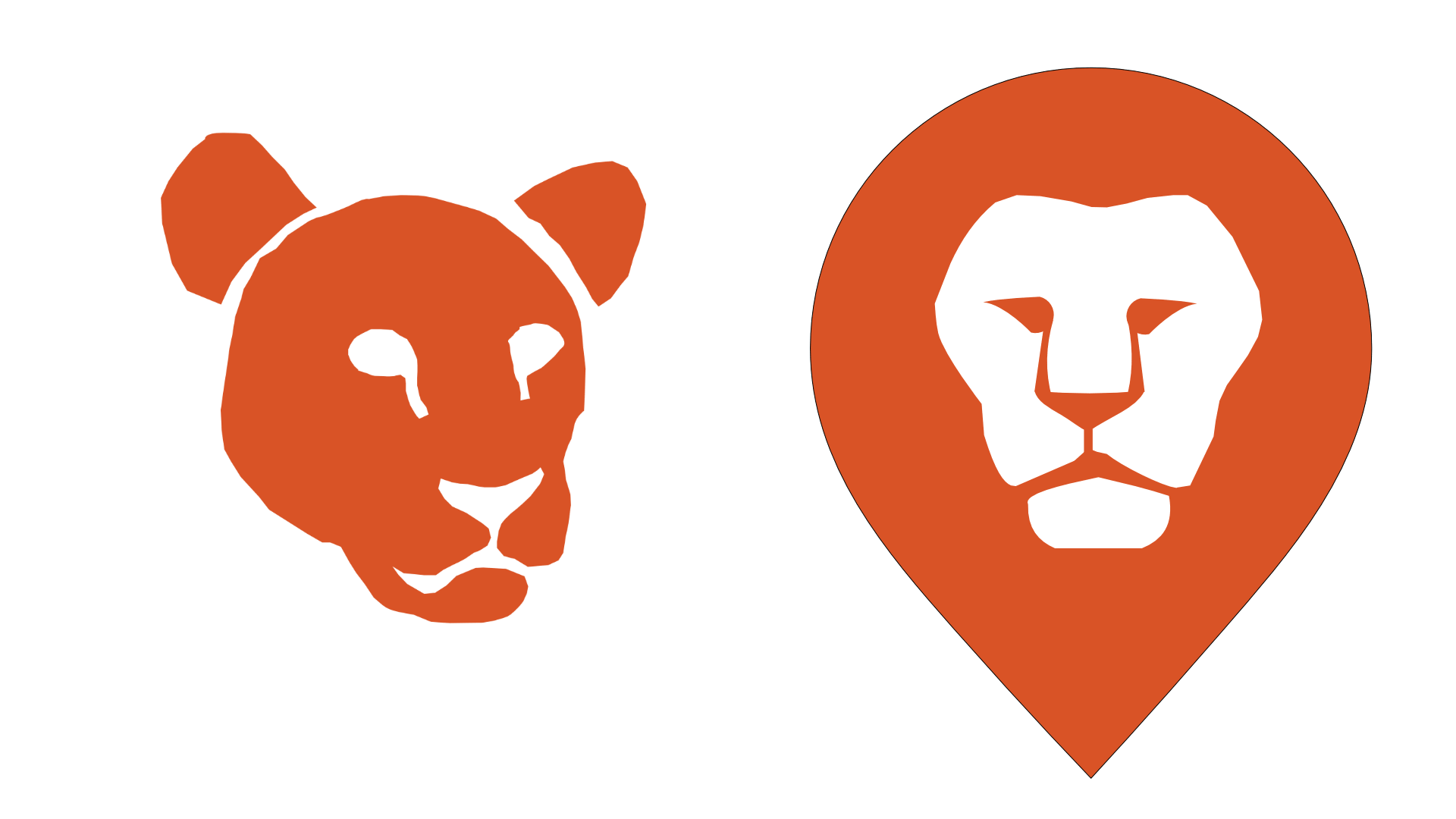
Sex if known.
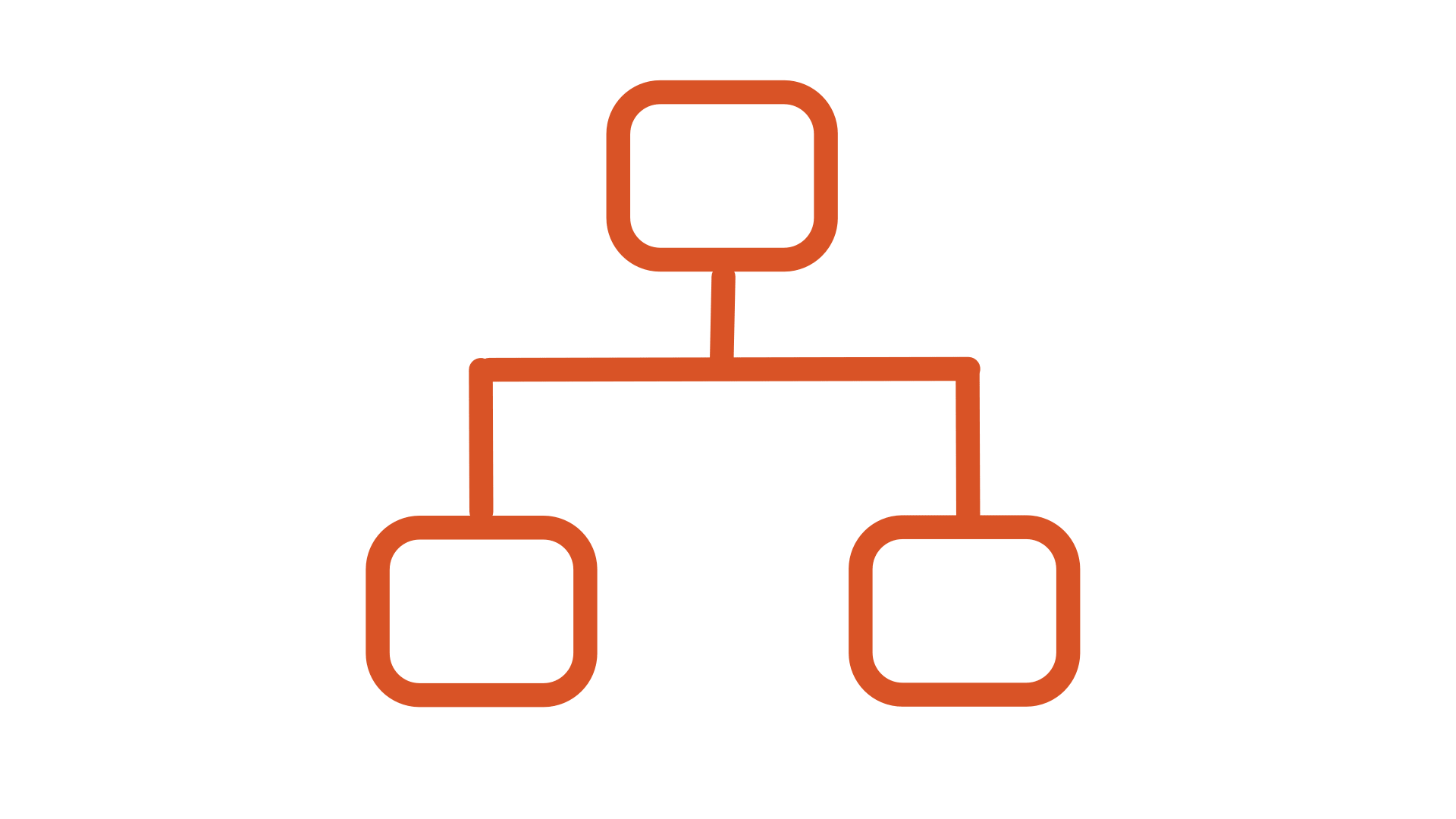
Optional additional information on relatives and associates can also be added.